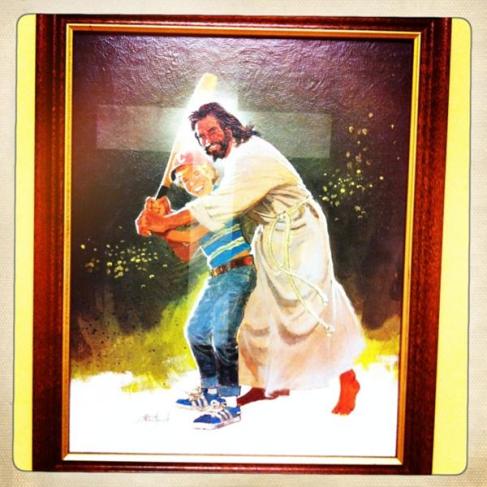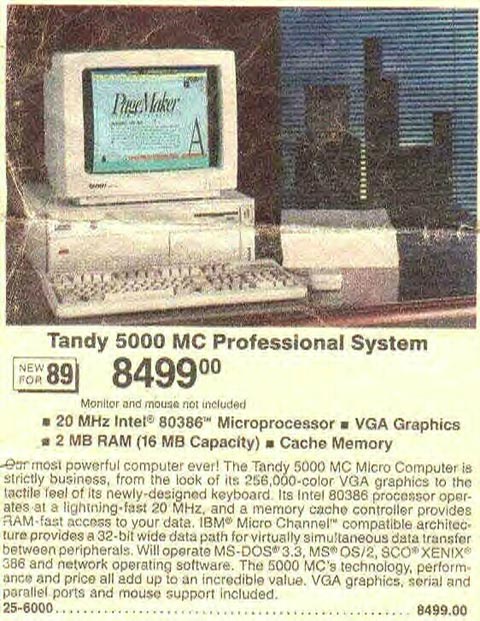 My dad didn't hand down a few things. One is the ability to fix stuff. Another is his love of the New York football Giants.
My dad didn't hand down a few things. One is the ability to fix stuff. Another is his love of the New York football Giants.One of my dad's favorite stories features the fatherly advice of Archie Manning after completion of the Giants over Patriots Superbowl sequel. In the story Archie the Elder counsels first born Peyton to steer clear of New York in his own landing rights scouting reports. Eli, on the other hand, has the thickness of skin to labor under the media glare. It's the younger Manning with fewer expectations and greater poise. The verdict? Eli now leads the National League of Manning in Super Bowl rings.
But here's the latest chapter: With the Jets signing of suddenly displaced Tim Tebow, Manning family relocation plans have boomeranged back to the Big Apple .
If the Mannings are a football's family dynasty, Tebow is an aura that anchors the t-bow(n) in a gridiron trinity. His heavenly father calls the plays. And when he huddles with his new teammates next year what kinds of formation-making will he be scrimmaging? What other earthly improbabilities are now within striking distance or even his passing range?
1) If I can make it here: This is a locality that trades in stocks, not flocks. Will Tebow's charisma continue to attract the ardent following that he did in Denver? Is anyone even in the position of posing as a charisma transition authority here? This potential impasse makes the tug between Tom Brady's allegiance to Giselle Bundchen of Hollywood and the townies of greater New England look like a resolvable quandary. The last time a U.S. President's popularity reached 90% George W. Bush stood in the post 9-11 rubble with bullhorn firmly in hand. That was probably the last time anyone ever sampled Manhattan as American soil. New York is no more an All-American city as it is any town U.S.A. or a town for that matter. Ancestral soul mates can wander below 96th Street for lifetimes and never share the same checkout line, subway platform, or rain check from their local Apple stores.
2) Back pages to fill: The void that the Jets have hired Tebow to fill is not an actual vacancy at quarterback but the empty column inches of empty tabloid fodder. In this game of inches where New York comes down in the Giants or Jets column depends on whose competing stories hold the popular sports imagination. Jet coach Rex Ryan is one losing season away from rousing and brash to boring and blowhard. Can the aura of Tebow grow coattails that extend past the bellowing and shadowy girth of Friar Ryan?
3) Quarterback by committee: Assuming the stranger-things-than-Jeremy-Lin-have-happened scenario, Ryan platoons Tebow with his underachieving incumbent starter, Mark Sanchez. Yet in terms of the air game, the juries still out on whether Tebow even qualifies for his pilot license. He's got that canon of an arm whose misfirings remind us city elders of the opening credits to F-Troop -- and that's without fortress Tebow even being knocked off his mountings.
So if there's a questionable cultural fit and a non-vacancy for a loose canon-armed quarterback, maybe Tebow's speed, strength, and agility can grace the number one hard luck New York franchise -- even if that team already fields an entire staff of misfires by committee. After all, that athleticism includes winning the James E. Sullivan award as the nation's most outstanding specimen -- in any sport! His raw gifts prompted Joe Collier this week to Tweet...
"If Tebow played baseball, would he swing the bat or would the ball just go over the fence with his willpower?"
What if he was a pitcher? JimyYankee2 cast a sardonic eye at Tebow's unflattering passing stats to predict a 2012 mark of 20-10 with a 5.55 ERA on a team that scores 4.0 runs per game.
Back to that hard luck curveball of a boomerang within boomer range -- The New York Mets. Those post Madoff Mets will lead the majors in one important column -- salary attrition. In fact the drop-off is so precipitous it may be sending super agents like Scott Boras to the poor house. Plead Boras:
"The major franchises who are getting the majority of revenues should provide a product, or an attempt at a product, that has the near-highest payrolls commensurate with the markets they are in."
Translation: big market teams like the Mets can only buy destinies, not build them, for the betterment of the shareholders, the players, and Boras. Boras is especially irritated that lean times afflict his second largest market as well:
"The New York Times' Vincent Mallozzi notes, Boras once noted that the Mets and Dodgers 'used to shop in the steaks aisle and now they're in the fruits and nuts section.'"
But Tebow is not going Hollywood. Before home-school gave way to high school, he did once play baseball before his mortal passions were covered in pigskin. Full disclosure: is this really news to anyone in Manhattan or the rest of America?
The real serum test for any future apparitions of Monsignor Met will be about what happens in the clutch. The one legacy bridging the team's recent success with its more immediate failures is the inability to execute under pressure. Perhaps this is that thundering glide path in the deliverance of Tebow to Broadway: The shear theatricality of his unscripted rescues; his analytically-defying finishes in the face of accomplished stat-hounds.
This spring the Mets will move the fences in at forbidding Citi Field and ask their fans for a forbearance that dwarfs the size of the original TARP package. Tebow, on the other hand, can reign down the boomerangs. And he has only his savior to credit.
 [/caption]
[/caption]
